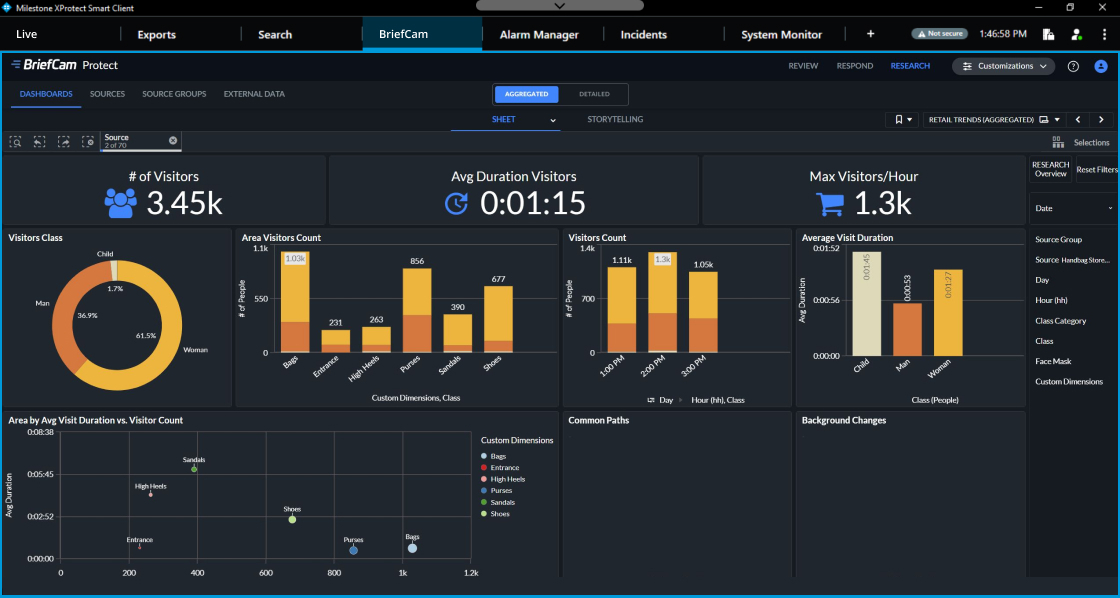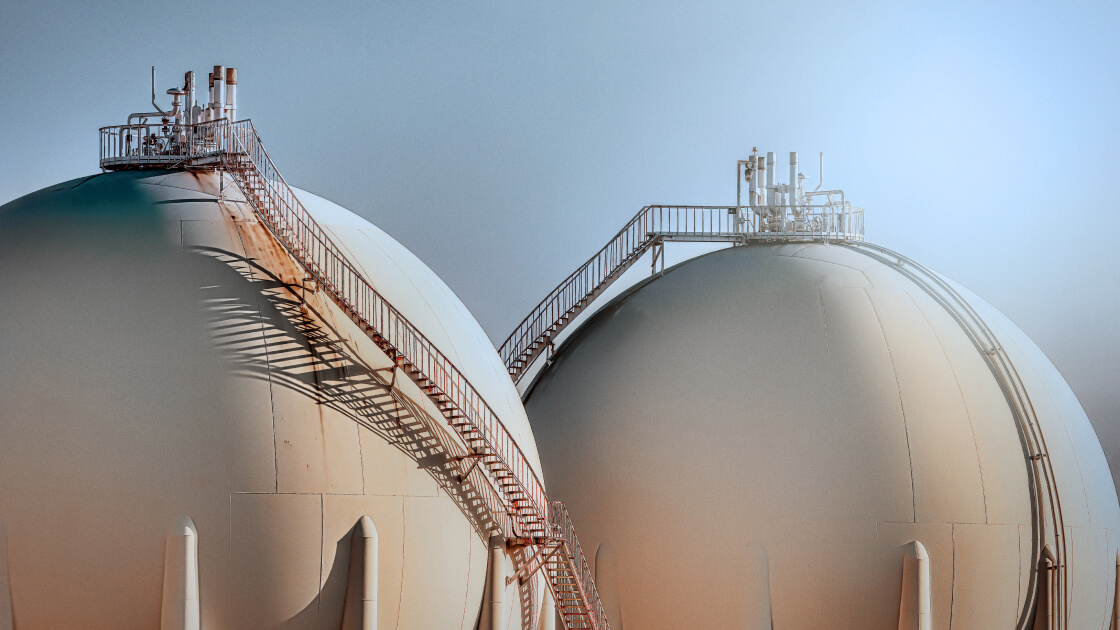By Mark Johnson for Milestone Systems
According to the U.S. Occupational Safety and Health Administration (OSHA), hospitals are considered one of the most dangerous places to work in America.
In fact, OSHA describes hospitals as generally “hazardous” places to work, contributing to missed days of work and adding to the high cost of healthcare.
In 2019, OSHA reported: “U.S. hospitals recorded 221,400 work-related injuries and illnesses, a rate of 5.5 work-related injuries and illnesses for every 100 full-time employees. This is almost twice the rate for private industry as a whole.”
Nursing assistants were among the occupations with the highest rates of musculoskeletal disorders of all occupations in 2020, with 15,360 cases. Musculoskeletal disorders comprised 52% of all days away from work cases for nursing assistants. Additionally, hospitals are more hazardous than the generally dangerous construction and manufacturing industries.
The perception of hospital safety in the workforce has also declined beginning in 2020, as the COVID-19 pandemic placed tremendous pressure on the healthcare system due in part to workforce fatigue and healthcare worker shortages, which lead to poor patient outcomes.
The patient caregiving workforce also has a stressful, unpredictable work environment and a “do no harm” culture that may require repeated overexertion, lifting, transferring, and repositioning of patients; may result in accidents like needlesticks and medicinal errors; and may give rise to other concerns like co-worker, patient, or visitor violence.
Such workplace stressors may also lead to fatigue, sick days, patient care errors, and poor infection control. Likewise, OSHA reports hospital workplace tasks such as manual lifting impacts safety in at least two ways:
1) When job tasks such as manual lifting can injure caregivers.
2) When such tasks risk or result in unintended falls, fractures, bruises, and skin tears to patients.
High-performing healthcare facilities combine the management of patient safety risks right along with worker safety risks when assessing the core elements of a safety and health management system.
Video management software (VMS) for healthcare can be a valuable tool in the safety and health management system toolbox, for these reasons:
- Video provides indicators of quality and quantity.
- HR can review workforce performance by medical staff.
- Legal, compliance, and audit teams can investigate alleged violations or resolve disputes.
- Workplace trainers can offer real-life examples and testimonials used in training.
- Risk managers can predict, identify, and assess risk.
- Supervisors can proactively prevent or reduce occurrences of various hazardous incidents
Incident investigation may be enhanced with a video management system that offers recorded video archives for evidentiary preservation and retention, supporting root cause analysis and supporting analysis of legal risk. These video archives are also useful to the whole team when considering post-incident “lessons learned” and training.
Video surveillance may also serve as a deterrent to internal and external thefts including, for example:
1) When workforce members know active surveillance is in place in drug dispensing rooms or sensitive records areas.
2) To deter thieves who look for opportunities to steal inside the facility or in the parking lot.
Milestone Systems has a history of working with healthcare organizations to provide a video technology platform that works with IP cameras, door access control, IoT sensors, and other security and healthcare technology at work throughout the hospital and clinic.
Milestone XProtect® VMS is open-platform software that integrates with many diverse tools, keeping people and property safe in any healthcare environment.
These days, most workers, patients, and visitors to healthcare facilities expect to see obvious video surveillance in public areas of the facility and parking areas.
Video cameras offer some assurance that active monitoring of the facility occurs, and buildings have sophisticated safety controls in place. Medical staff may welcome surveillance when they understand it enhances their safety in the workplace.
A myriad of regulatory requirements, such as HIPAA and state privacy laws generally allow video surveillance in public and worker-only spaces without explicit consent, as there is no expectation of privacy in these areas. However, capturing audio along with video requires deeper analysis to avoid running afoul of two-party consent laws.
Of course, adequate governance considering a multitude of regulatory concerns is a must, including workforce policy and public notices of the use of video surveillance in the facilities’ Notice of Privacy Practices or other posted privacy notices.
Numerous regulatory bodies, such as The Joint Commission, the American Hospital Association, and HIPAA regulators support the use of video surveillance in private areas such as patient rooms, treatment areas, triage, and in the ER in some circumstances. Video surveillance may also be used to support a hospital’s regulatory requirements under HIPAA, OSHA and The Joint Commission:
Types of hazards that employees are exposed to, the severity of the hazards, and the risk the hazards pose to employees are all considered in determining methods of hazard prevention, elimination, and control.
According to The Joint Commission hospital accreditation standards, the hospital should take action to minimize or eliminate identified safety and security risks in the physical environment.
The Health Information Portability and Accountability Act of 1996, commonly known as HIPAA, is the sweeping patient-centric federal confidentiality law requiring healthcare providers and facilities, among others, to address the following:
1) Safeguard protected health information (PHI) by limiting the use or disclosure of PHI to that which is permitted or required.
2) Reasonably secure electronic PHI.
3) Provide notice of unauthorized use of disclosure of unsecure PHI, such as a data breach.
There is generally no expectation of privacy under HIPAA or general privacy laws in public or worker-only facility locations. But location and surveillance method must be carefully analyzed under HIPAA, especially for use in exam and treatment areas, during telehealth visits, and in meetings or messaging applications.
Specifically, if the use of video surveillance passes muster under the HIPAA privacy regulations and there is a permissible or required use of PHI disclosure, the VMS platform must be assessed for risk for certain vulnerabilities and mitigations and for sufficient information security controls, including:
1) Technical security controls, such as encryption and retention.
2) Physical security controls, such as location, tampering, role-based access, and audit controls for video archives.
3) Administrative security controls, such as vendor business associate agreements, facility policies, and procedures for handling video and training on such requirements.
In addition, each of these controls should ensure the confidentiality, integrity and availability of ePHI (e.g., electronic full-face images captured in electronic video format).
Insurance premium rates, including rates for cybersecurity and regulatory defense continue to rise. Having a video security system in place may offer relief to rising insurance premiums.
Some liability and workers’ compensation insurance carriers may offer discounts or best premium rates for evidence of certain safety, privacy, and security controls.
Many carriers are routinely requesting companies to complete the carrier’s privacy and security assessment. This includes sharing details about your privacy and compliance programs and could describe your video security measures. Ask your insurance carrier or broker for more details.
Milestone and our diverse network of partners have experience in solving problems for the healthcare industry, such as supporting the complex challenge of ensuring the privacy and security of healthcare facilities, medical staff, patients, and visitors.
In traditional uses, Milestone XProtect® VMS allows organizations to capture and preserve video evidence; conduct forensic, legal, and regulatory investigations of the video; and improve its security posture by using video archives in post-incident training.
Milestone’s ongoing and most recent technological advancements include incorporating unique video analytics, integration with IoT sensors, and other innovations in conjunction with our partner community. Our modern approach to security helps you be proactive and helps you predict, prevent, and identify problems early.
If you’re interested in learning more about Milestone and the XProtect open platform, schedule a demonstration with one of our representatives to discuss your desired business outcomes.

